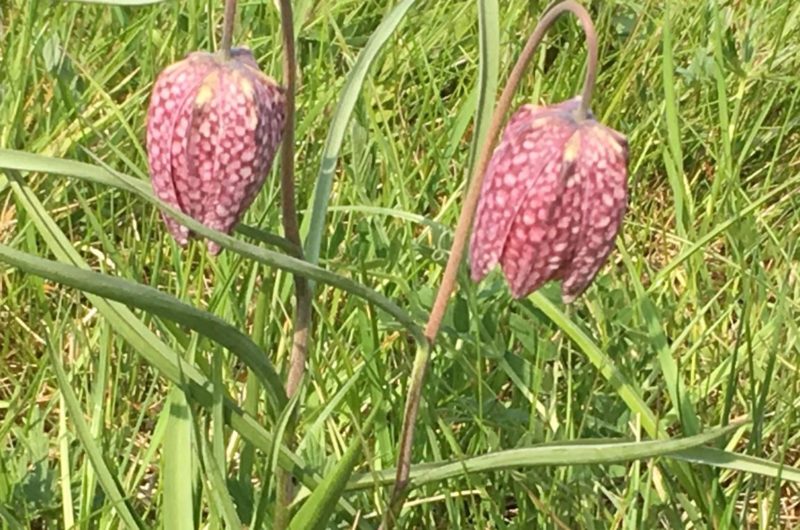
24/04/2019
Last weekend I was able to see some of the glorious snake’s head fritillary flowers in Iffley Meadow- one of only thirty locations where this now rare flower still grows. Our local wildlife trust, BBOWT, has clearly done an excellent job helping preserve this species. Numbers of the flowers have increased a hundredfold since counts began in the early 1980s.
We can see a similar local wildlife success story with the red kite. This species faced extinction in the UK with less than a hundred red kites left in a remote area of Wales, before conservation efforts reintroduced them to areas including the Chilterns. Now we can all see these beautiful birds (and of course hear their distinctive calls) in many parts of Oxford.
We all benefit from the havens for nature which exist right across our city, maintained by local volunteers, charities and colleges. Despite the worst attempts of flytippers and litterbugs, from Lye Valley to Rivermead Road to Shotover Park, and everywhere in between, we have many clean and vibrant local spaces to enjoy.
And as is so often the case in Oxford, there are many exciting new developments afoot to help promote wildlife. The Naturehood project, for example, is encouraging people living in Marston and Florence Park to become ‘citizen scientists’, so they can better understand the wildlife that lives around them and take action to protect and increase it.
The overall picture for wildlife is, however, a worrying one. Farmland birds have declined by over half since 1970. Some studies suggest that the numbers of flying insects, even in nature reserves, may have reduced in some parts of Western Europe by an even greater margin.
The so-called ‘People’s Manifesto for Wildlife’ launched last year indicated a range of actions that need to be taken to protect our wildlife. Many of these will need government action.
I support the call from my constituent Hugh Warwick and the British Hedgehog Preservation Society to ensure that new-build homes should always be hedgehog-friendly. Disturbingly, hedgehogs may have reduced in number by over 90% since the Second World War.
We should not be building homes which stop hedgehogs from moving between gardens in search of essential food. Nor should our homes leak heat, or be hostile to birds seeking spaces to nest. Voluntary schemes can go some of the way in persuading house-building companies to take the environment into account. Ultimately, however, as with fire safety regulations following Grenfell, we need here new rules, which need to be regularly updated and properly enforced. I have discussed this with the Minister for Housing and am pressing him for concrete action to be taken.
Following the International Panel on Climate Change’s last report, we also need to set targets now to reduce emissions, and not put off taking action. In that regard, it is good to see how our city is taking a lead with its Zero Emissions Zone plans. And finally, we of course need to properly tackle those pollutants, from plastic to pesticides, that harm our wildlife. Whatever relationship we end up having with the European Union, Brexit cannot be an excuse for watering down environmental standards.

